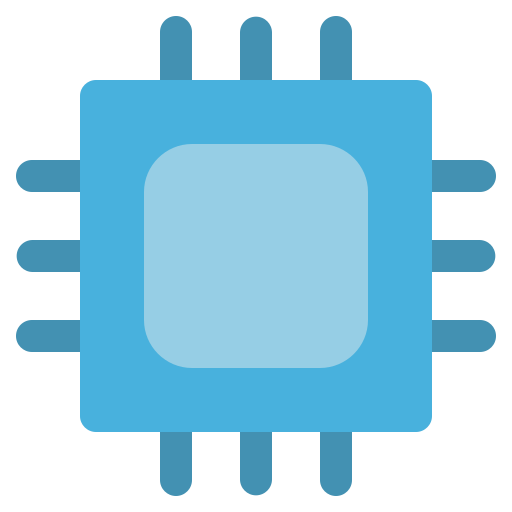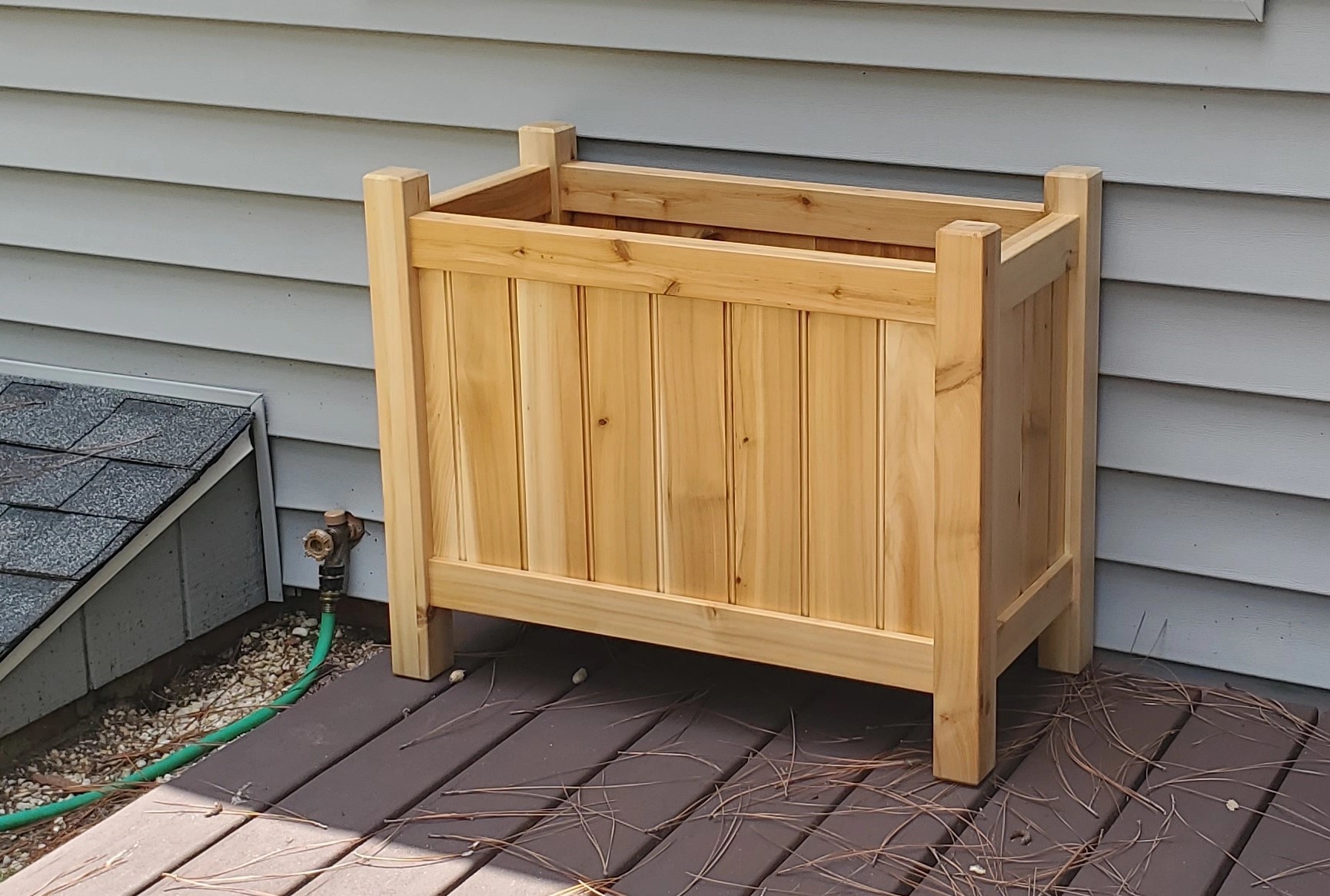

I hear you on the streaming sticks. 10 years ago, you could throw a Chromecast in your suitcase, plug it into a hotel TV, and cast anything you wanted from your phone. Now, if you try to do that, you have to set the Chromecast up through the Google home app, tell it what “room” it’s in, but then you can’t cause you arent at your “home”, so you have to set up a new “home”, and then that doesn’t usually work, so you just quit and read a book instead.











Chest freezer with an aftermarket temperature controller. Commonly called a “keezer” in the homebrewing community.